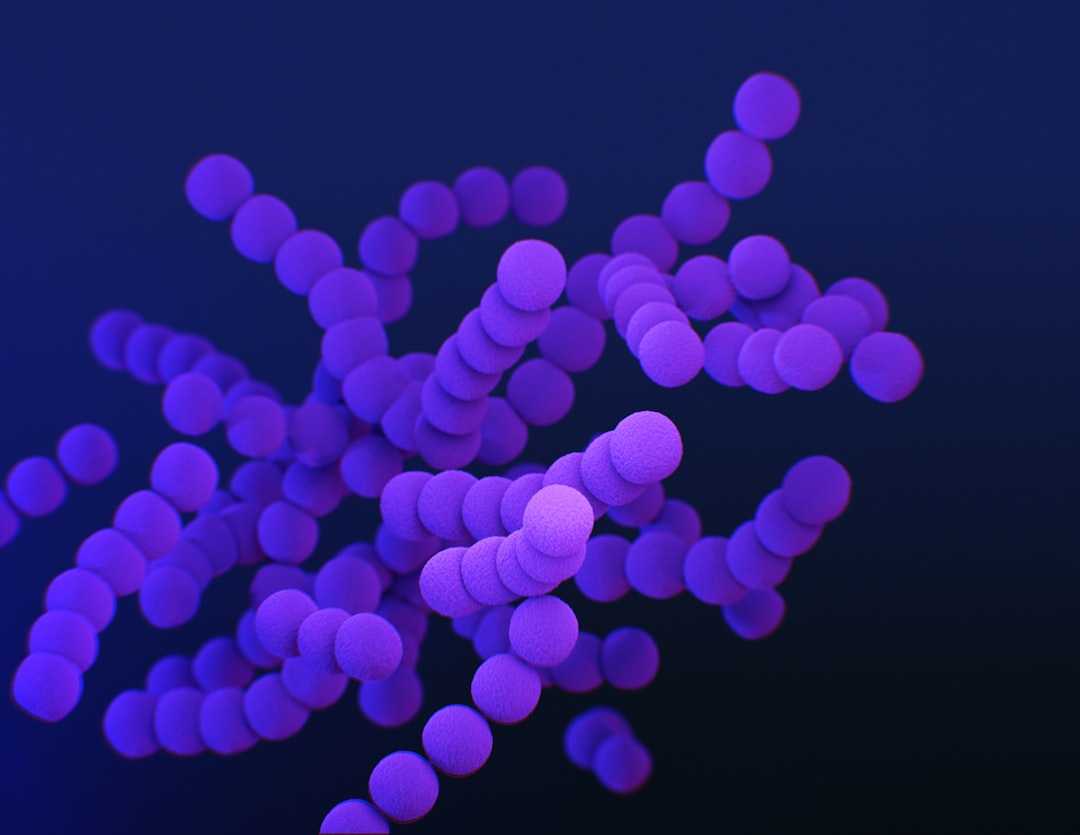What is it about?
A multi year long study on cloning of coconuts ended in the discovery of a novel micropropagation protocol of coconut. Which was found to be based on a pathway not yet used in coconuts. The team verified that the multiplication happened not via somatic embryogenesis, axillary or adventitious meristem formation but the apical meristem itself. This meristem started to proliferate after close contact with one of the plant growth regulators, which created a clump of meristems. From this proliferating mass we can obtain an infinite amount of planting material
Featured Image

Photo by Adrian Hartanto on Unsplash
Why is it important?
This novel technique could revolutionize the coconut industry as it is the first working non-somatic embryogenis multiplication pathways that has been developed for coconut. This newly developed protocol could help farmers with old plantations or plantations plagued by certain diseases as this protocol can clone material from virus resistant elite palms. Next to this it can also be use by conservationist as a method of storing coconut genetic resources.
Perspectives
I believe the development of this technique is the start of a whole new set of projects that build further on it. Branching out to other palms, conservation work and eventually understanding the plant even better.
Hannes Wilms
Associatie KU Leuven
Read the Original
This page is a summary of: Development of the first axillary in vitro shoot multiplication protocol for coconut palms, Scientific Reports, September 2021, Springer Science + Business Media,
DOI: 10.1038/s41598-021-97718-1.
You can read the full text:
Resources
Contributors
The following have contributed to this page










